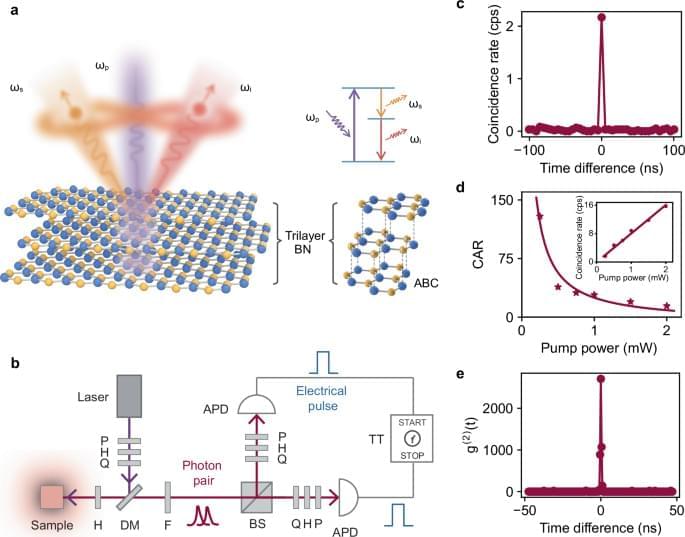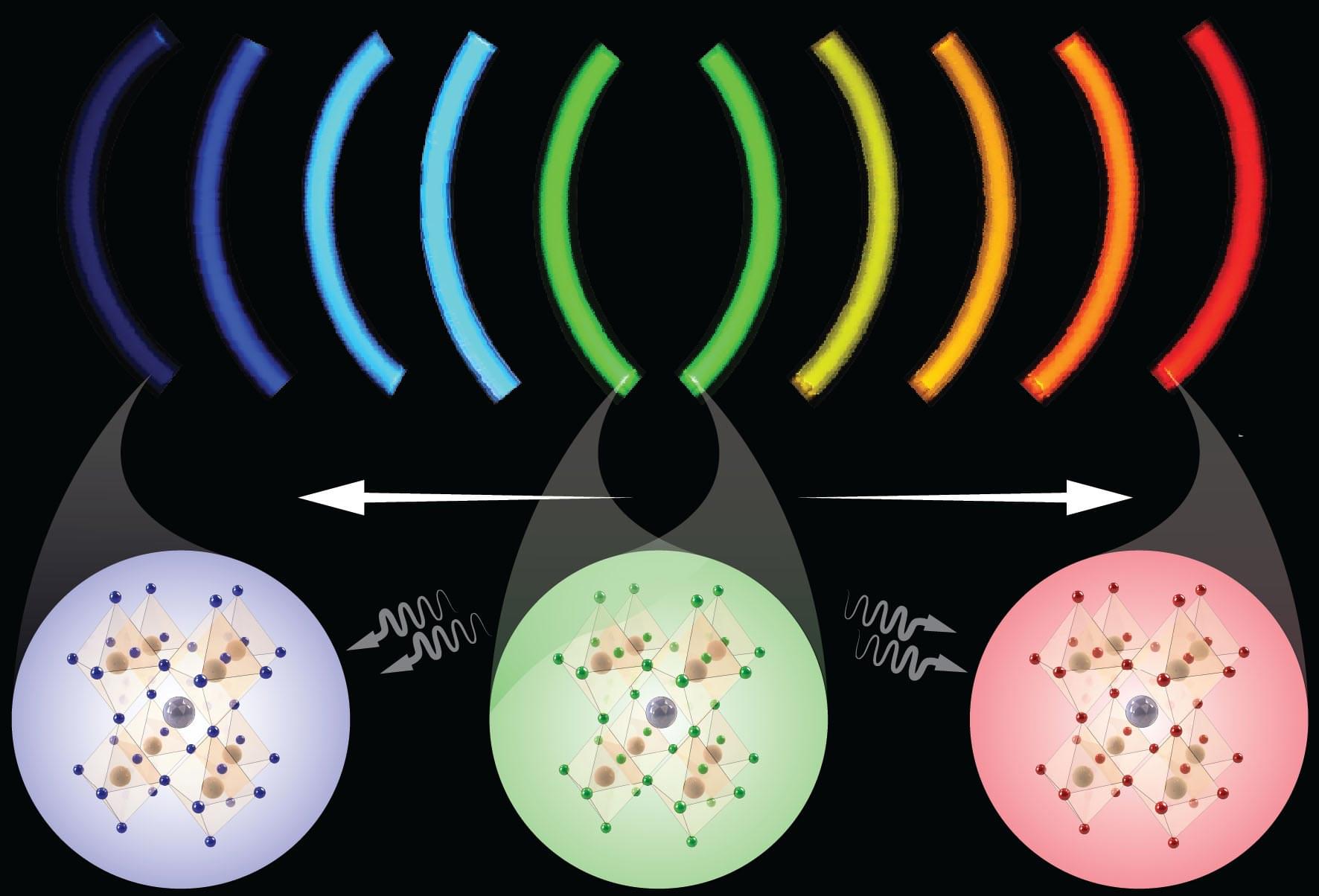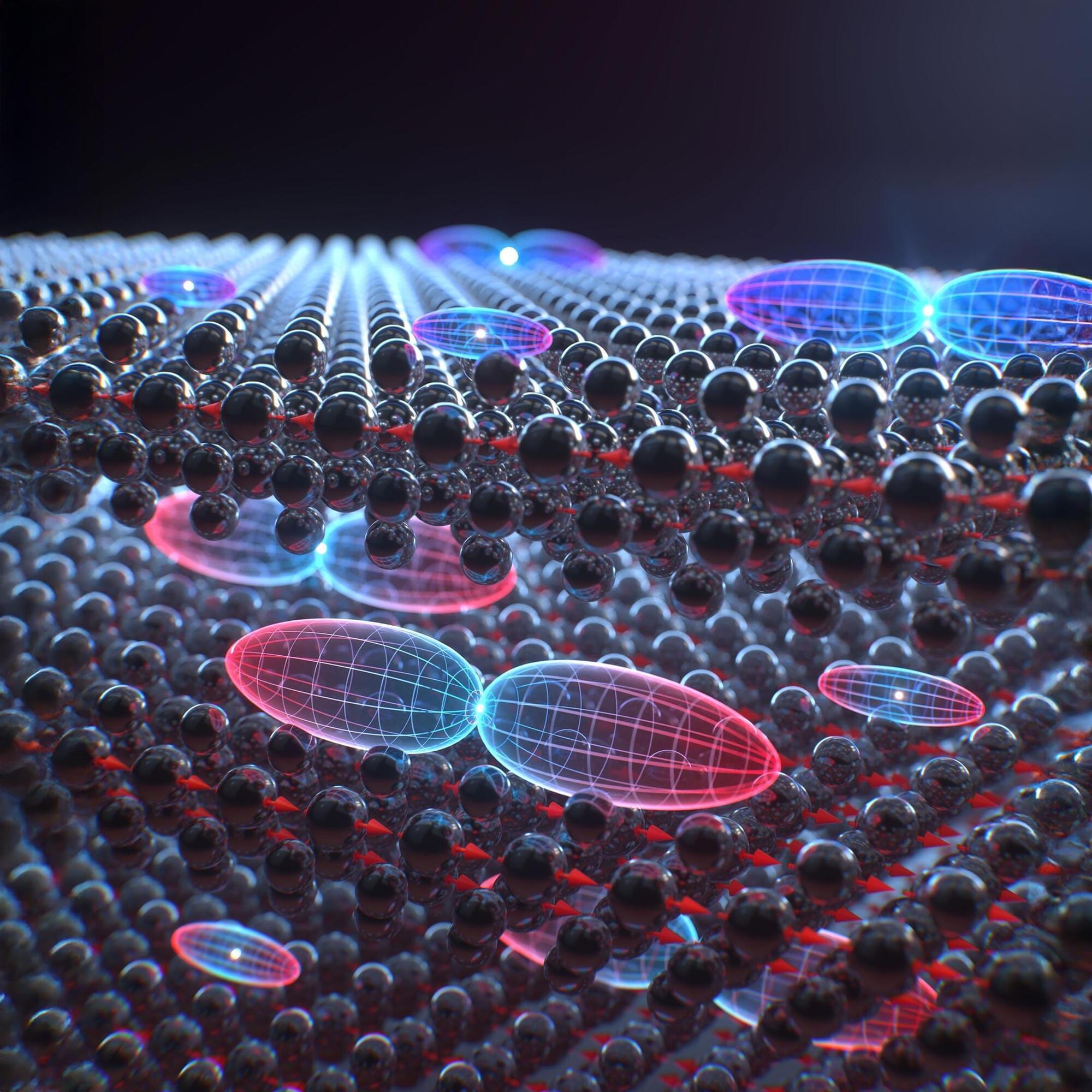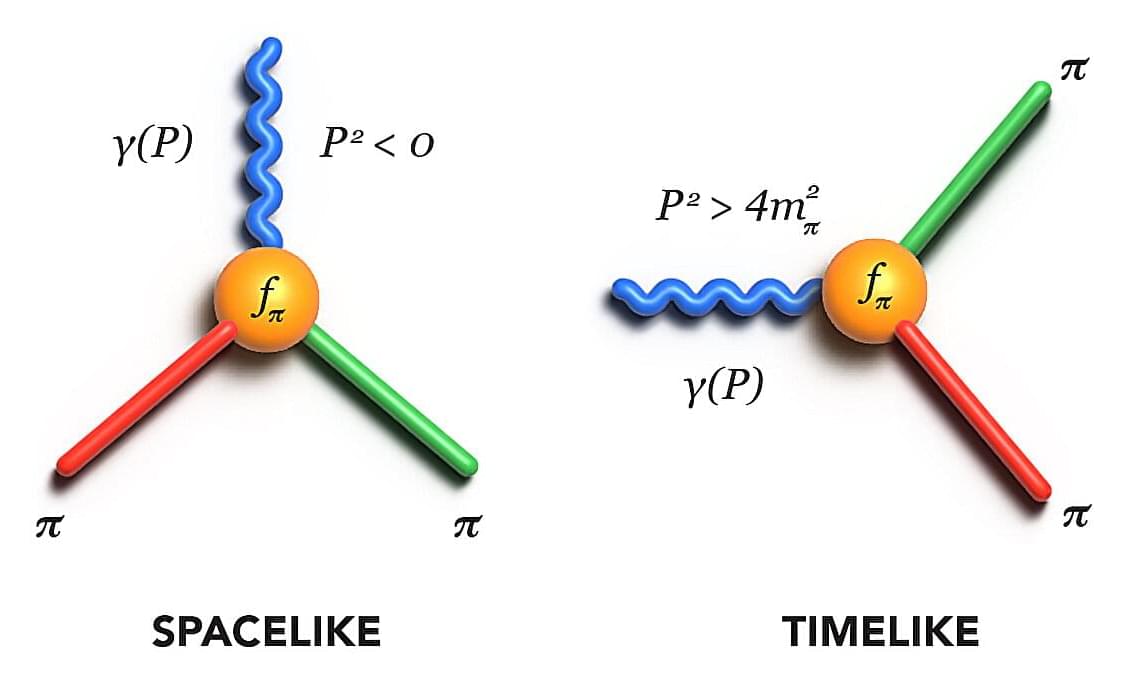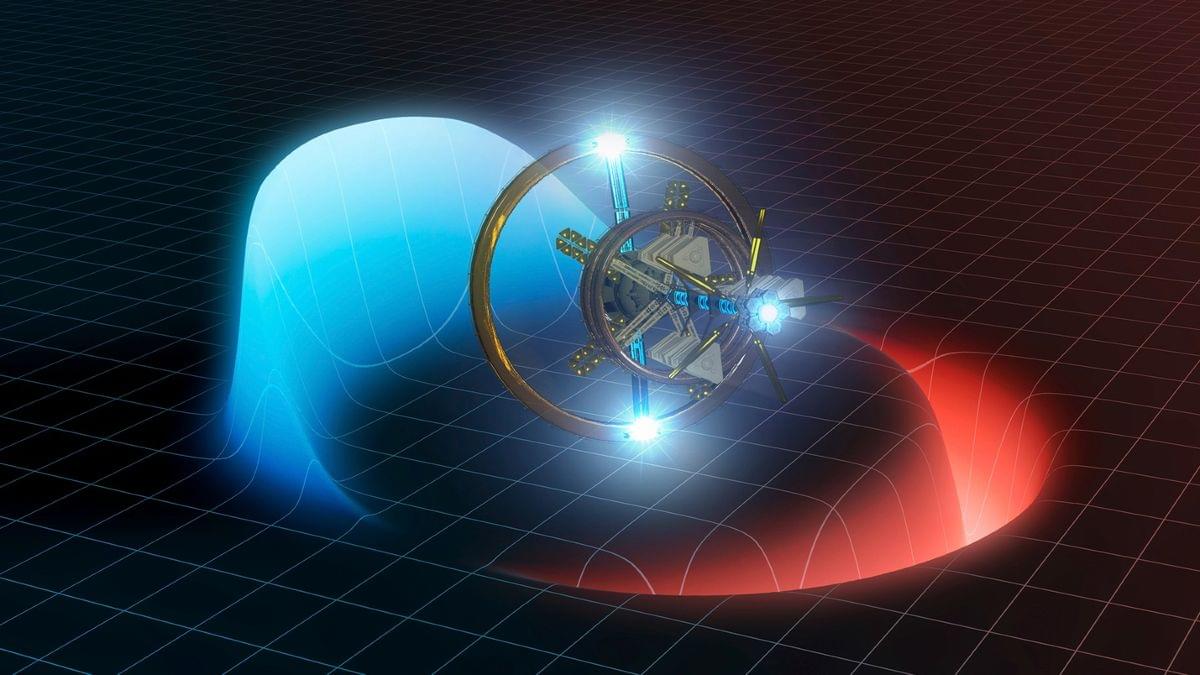Have you ever questioned the deep nature of time? While some physicists argue that time is just an illusion, dismissing it outright contradicts our lived experience. In my latest work, Temporal Mechanics: D-Theory as a Critical Upgrade to Our Understanding of the Nature of Time (2025), I explore how time is deeply rooted in the computational nature of reality and information processing by conscious systems. This paper tackles why the “now” is all we have.
In the absence of observers, the cosmic arrow of time doesn’t exist. This statement is not merely philosophical; it is a profound implication of the problem of time in physics. In standard quantum mechanics, time is an external parameter, a backdrop against which events unfold. However, in quantum gravity and the Wheeler-DeWitt equation, the problem of time emerges because there is no preferred universal time variable—only a timeless wavefunction of the universe. The flow of time, as we experience it, arises not from any fundamental law but from the interaction between observers and the informational structure of reality.
